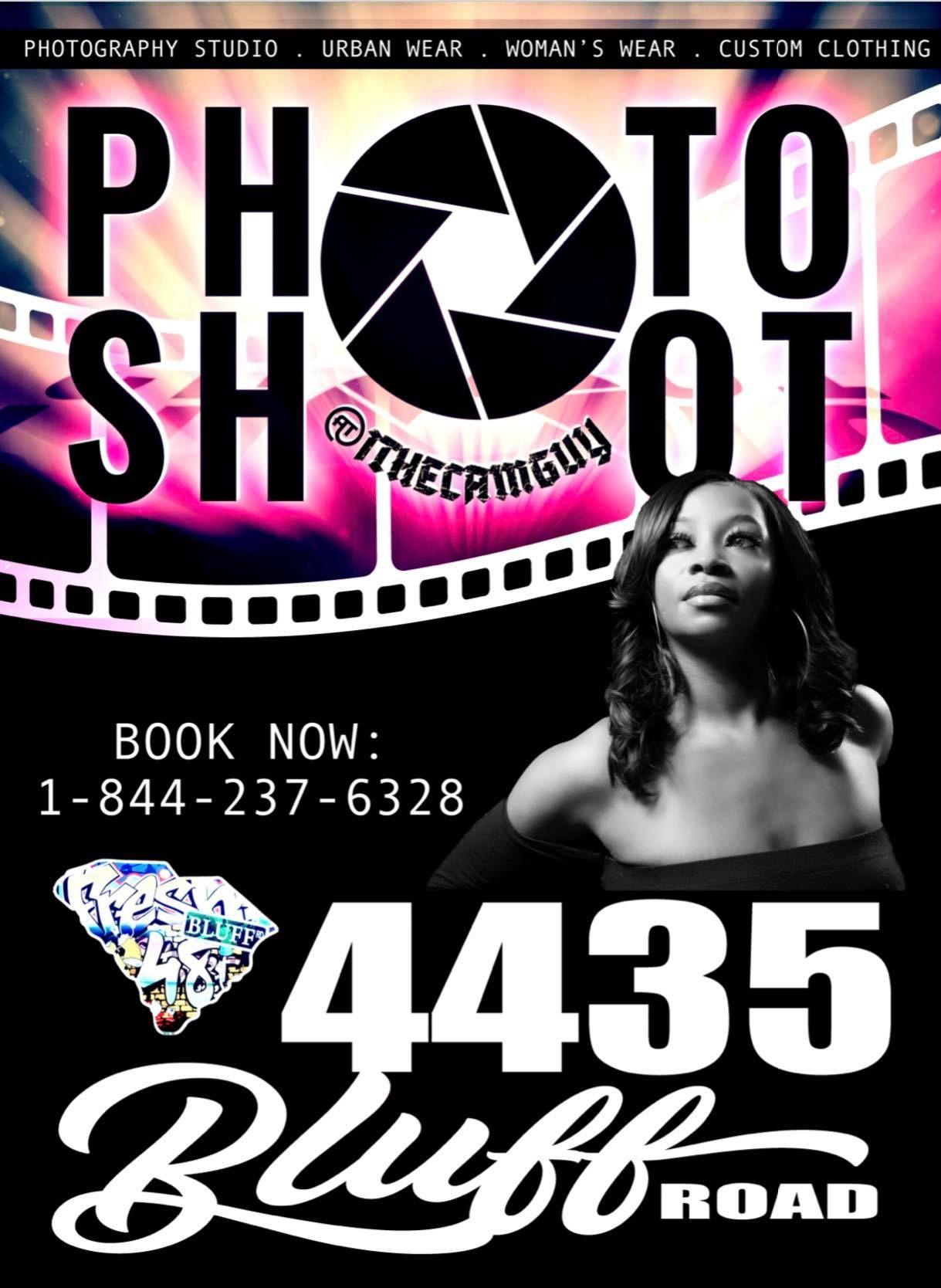
7 minute read
Southern Girl

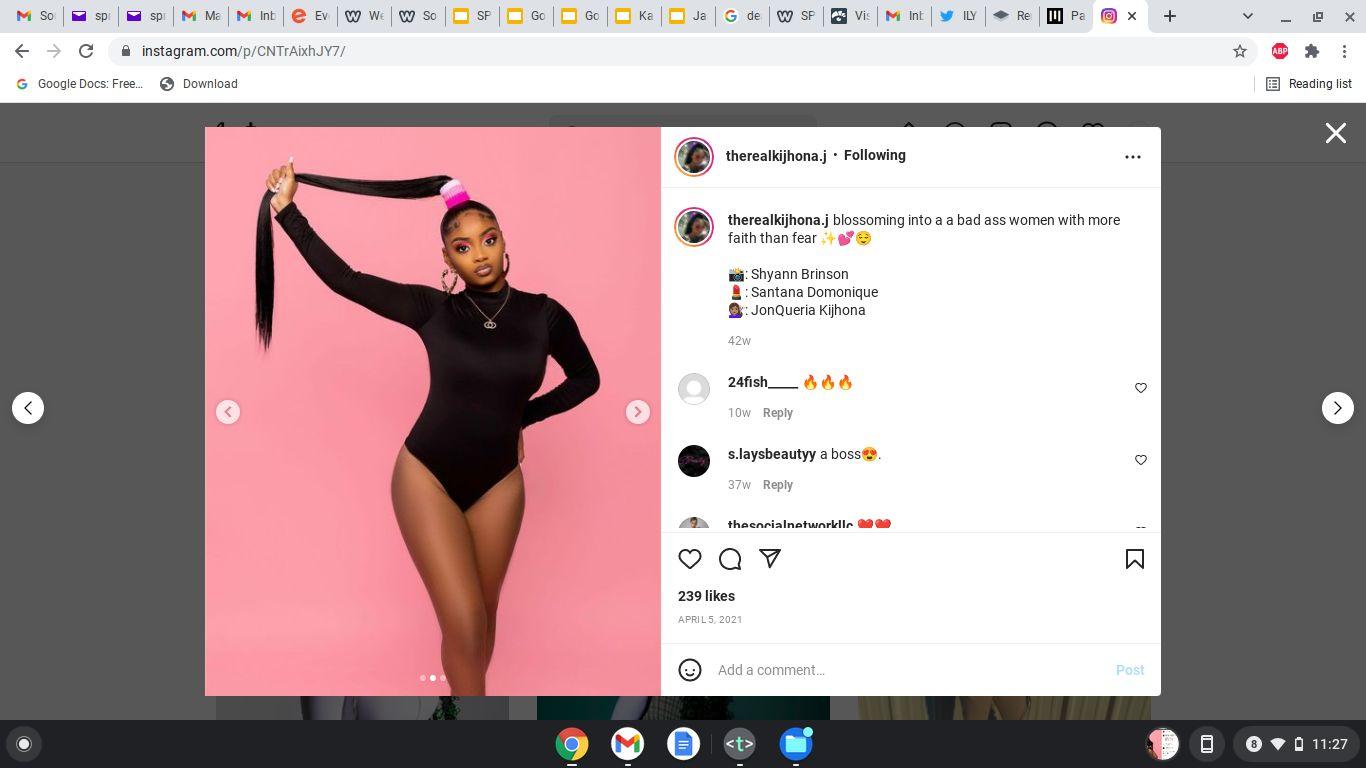
Advertisement

Augusta , GA Hair Stylist Age: 24 IG: therealkijhona.j FB: kijhona.tyquaye
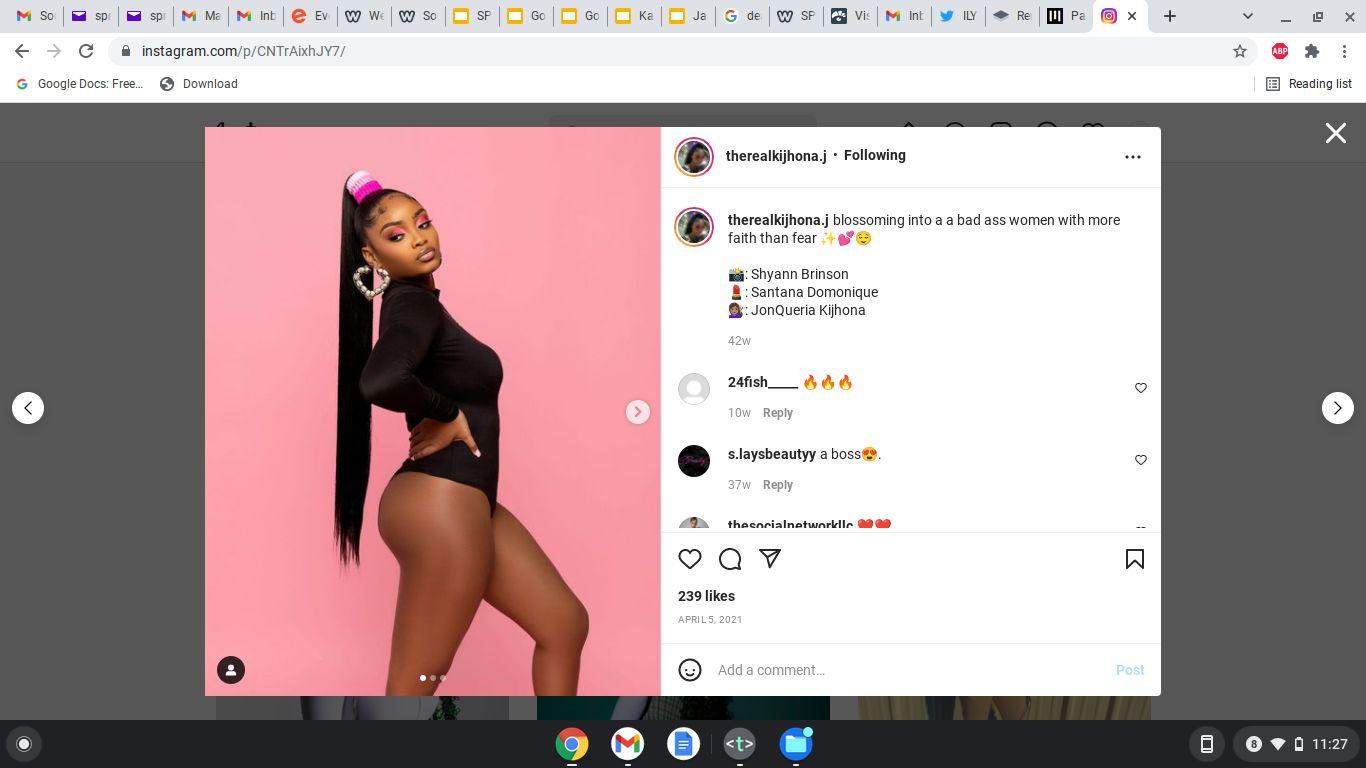
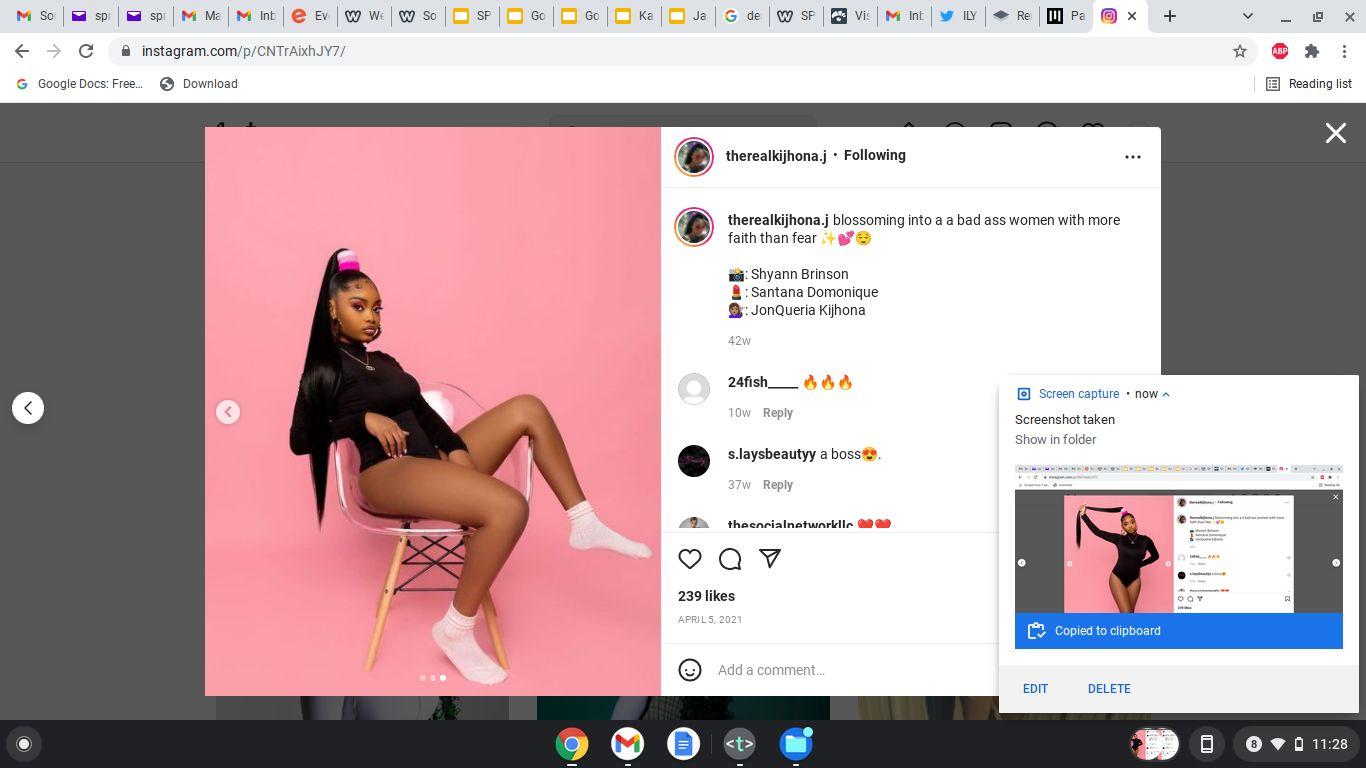



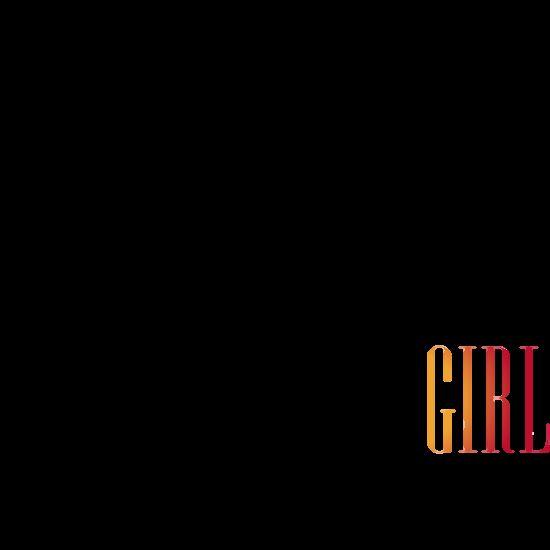


DIY BANTU KNOTS
By: Tokyo Enders- Fordham
Wash, Condition, and Layer Hair Products
I like to start with cleansed and deep-conditioned hair for a well-nourished foundation. You can also try Bantu knots on stretched, dry hair, too. The types of products you use and how you layer them will vary depending on your hair type. I apply my hair products in the shower since I have low porosity hair. My curl guru and colorist, Christina Kelley, recommended this method to ensure my hair soaks up the ingredients. The right cocktail of ingredients helps ensure your hair stays hydrated and set without unraveling. I start with Miss Jessie's Leave-In Condish. Then, I follow-up with Miss Jessie's Honey Curls and add a touch of Bread Beauty Supply's Everyday Gloss to seal my ends.
Section the Hair
I section my hair into four square sections and secure them with clips. As you look at my parts, you might be saying, Girl, those need a redo. Don't judge me too harshly. I don't work too hard on creating straight parts, mainly because I'm just a girl doing my hair at home with no expectations, and that takes the pressure for perfection off the table. Hydration and low manipulation are my two priorities.
Two-Strand Twist
Twirling each section into a Bantu knot is a popular method. However, I prefer to two-strand twist, then wind my twist into a knot. This method keeps my hair from getting tangled, which happened to me on my first try with this style. I free-part as I go through each of my four sections. Sometimes I end up with eight knots, but there are also times when I end up with more. I gauge based on how my style starts to transform in the mirror—each time is different. When two-strand twisting, the tighter the twist, the better. Keep in mind, a tight twist doesn't mean tension—it's a delicate balance. Hairstylist Ro Morgan lays it out for us: "In order to get smooth, sleek Bantu Knots, without adding too much tension to your hair and scalp, I suggest using the Design Essentials Honey Curl Forming Custard and not twisting too tightly." Like the Design Essentials custard, Morgan also recommends my fave, Miss Jessie's Honey Curls, for its custard-like base. She continues, "Try to avoid over-manipulating your hair by not re-twisting daily." I am guilty of this, though I do find that when I use custard or gel, my knots stay in place even through the night, as long as I wrap my hair with a silk scarf. Morgan suggested an additional pro-tip: secure each knot with a Blend Rite Toy Pin at night.
Wrap
Wrapping your Bantu knot in a way that works for your hair density and length takes a little trial and error. To make my knot, I use my right hand to wrap and my left hand to hold my knot's base. Once the knot is fully wrapped around, I tuck it with my fingernail or the tip of my rat tail comb (and, as Morgan suggested, you can fasten the knot with a bobby pin before bed). Continue doing this in each section you've created around your head, and you're all set.





By Dyamond Huntaz Why Own Your Music Rights?
Some songwriters establish a music publishing company with the intention of publishing only their own material. Songwriters who retain their publishing rights earn both the writer’s share and the publisher’s share of any income their songs generate. In addition to earning twice the money, the other major benefit to self-publishing is that you control all creative and business decisions regarding your songs. For those who are able to secure placements of their material and generate income without relying on a publisher, self-publishing may be ideal. Other individuals start music publishing companies in order to represent songs and compositions written by writers other than themselves. Regardless of whether your goal is to publish your own songs—or those written by others—the process of opening a music publishing company is easy. It starts with the completion of some simple paperwork. To qualify for affiliation as a publisher with BMI you must be the publisher or co-publisher of one or more commercially released musical compositions (for example, a song available for sale on CD, DVD, or as a digital download); or music that is being broadcast, or is likely
cable, Internet, or pay-per-view; or work that is being performed in venues that are licensable by PROs (such as nightclubs, concerts, or symphonic recitals). Applications can be completed online. There is a $150 fee for solely owned publishing companies to affiliate; $250 for partnerships, corporations, and limited-liability companies. There is no fee to affiliate with BMI as a writer. As part of the application process you will be required to submit five potential names for your publishing company in order of preference. You will likely need to be creative in selecting your company name because any name that is identical—or deemed too similar—to an existing music publishing company will be rejected in order to avoid confusion and the potential of payments being issued to the wrong company. After your publishing company’s name has been cleared and your application for affiliation has been accepted, your next step is to complete the paperwork required by the state in which you reside to legally establish yourself as a business. You can learn what your state requires and download the necessary forms by visiting the website of the Secretary of State’s office or the County Clerk. It is likely that you will need to file either a “fictitious name statement” or a “d-b-a” (“doing-business-as”) form. Depending upon the requirements in your location, you may also need to publish (in a local newspaper) a statement of your intent to do business. In most locales, proof of completion of these forms is required in order to open a bank account in the name of your business. This is necessary in order to cash checks drafted to your company (such as performance and mechanical royalty checks).mSongwriters can only affiliate with one society at a time. If you are a BMI-affiliated songwriter who is publishing only your own songs, your publishing company only needs to be affiliated with BMI; you do not need to join any other PRO. However, if you publish songs by writers who are members of other performing rights societies, you must establish a publishing company that is affiliated with each society that represents one of your writers, and each of these companies needs to have a different name. As a publisher you will be required to register your songs with BMI. To register a song simply login to BMI Online Services and navigate to “Works Registration”. Alternatively you may register using a “Work Registration” form—available for download at www.bmi.com/forms. Using either method, you provide information including the songs’ writer(s) and publisher(s); the percentage of ownership assigned to each; and contact information. To gain maximum protection, you will likely want to register the songs you publish with the U.S. Copyright Office. If you have already registered the songs in your own name, you will need to file the appropriate forms to transfer the copyright(s) to your publishing company. If you have followed the steps outlined above, you have now established a music publishing company. As a music publisher, you will be required to issue licenses (such as mechanical/recording licenses, print licenses, and synchronization licenses) for the songs you represent. But the more challenging task will be generating income by placing the songs you publish with successful recording artists, or on television and in films. If you represent songs that are competitive in the current marketplace, and you are diligent about taking care of business, you should be well on your way to being a successful publisher!
